Going from drywall to design can be confusing.
Creating a website on your own seems scary at first, but there are several tools to make it look professional without hiring an expensive web design company to do it for you. Creating your company website yourself isn’t just satisfying, it can be a cost-effective way to build trust with prospective customers and enhance their overall customer experience. Here are your objectives: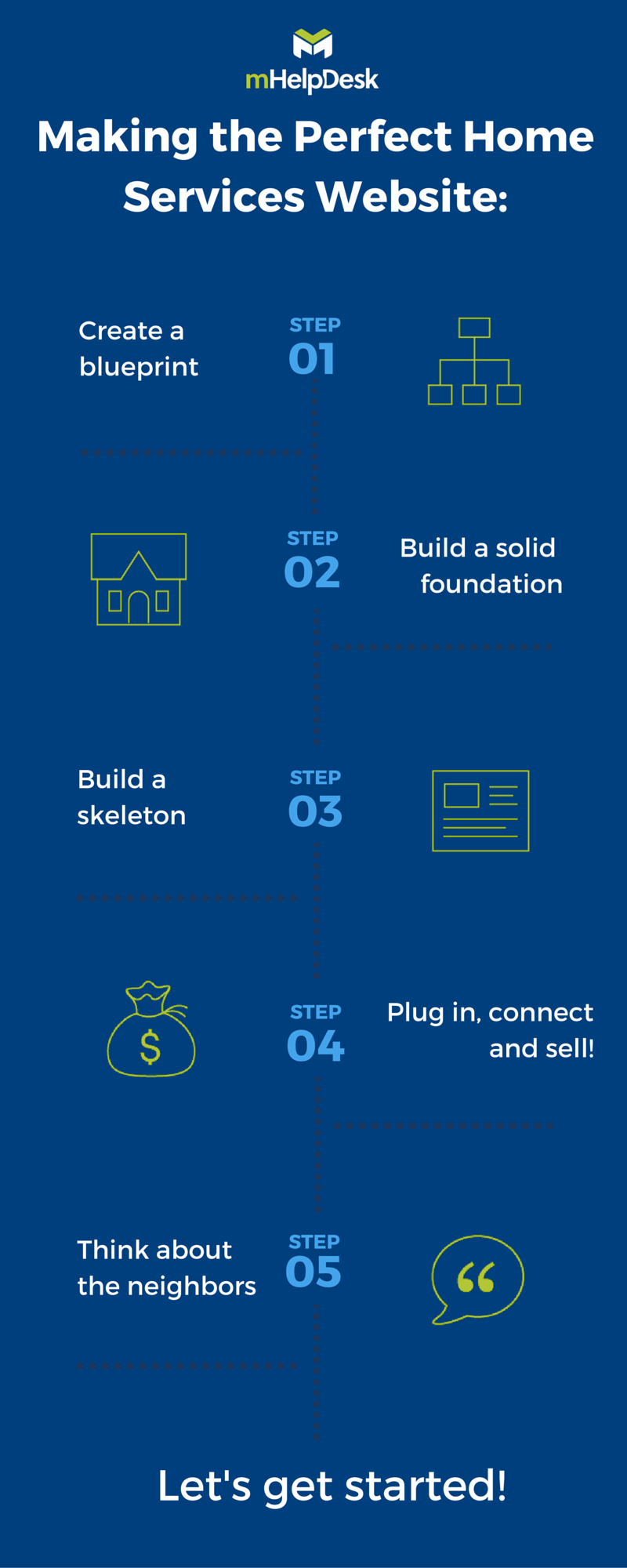
1. Create a blueprint.
“Failing to prepare, is preparing to fail.”
– Benjamin Franklin
First, ask yourself how your company will benefit from a website. Many home service professionals get their business from word of mouth or lead generation sources such as HomeAdvisor, Angie’s List, ThumbTack or Amazon Home Services. Perhaps you would like to add a website to your profile to help you secure more leads through features like online booking and embedded contact forms. Or maybe you’re just looking for a simple site with your contact information on it and a few customer testimonials. Maybe you just want a place to refer customers so they can look at photos from recent jobs you’ve completed. Determine what pages you would like to have on your site. These are the main categories you will store your information under. Keeping these broad, but clear is the best way to ensure customers are curious enough to click them, but have a good idea of what they will find once they do. Example: Home, Services, Testimonials, About Us, Contact Creating a website “blueprint” that lays out why you’re creating the site and the main things it needs to include will ensure you’re happy with the end result.2. Build a solid foundation.
The same way every house needs a solid foundation, your website’s foundation ensures it’s stability and guards you from potential future threats (which seem unlikely, but are pretty common). Make sure you secure the future of your site by leveraging some tried and true tools to create that foundation:- Choosing a web-host with 24/7 support so that if something does go wrong you have someone available to assist you right away. WordPress and Squarespace are two of the world’s most popular hosts. Check them both out before deciding which is right for you.
- Selecting a webhost that automatically backs up your site for you. Most hosts do automatic back up, but make this a requirement when shopping around.
- Always use a .com (there are a few new domains that are becoming popular such as “.io” and “.me” but when it comes to security “.com” is your safest bet.
- Never use a dash (/) or a hyphen (-) in between words in a domain name. For example: “washington-hvac.io” vs. “washingtonhvac.com”
3. Build a skeleton.
Now that you have a strong foundation for your site, you can build its skeleton similar to the rough frame of a house. Whether you’ve decided to go with WordPress, Squarespace or another website builder like Wix, Web, or Weebly there will be templates for you to start with. Choosing the right template for your business will make your entire website building experience more satisfying. Most builder sites categorize their templates to make it easier for you to narrow down your search. Some templates fit several molds, so you may see the same template in multiple categories such as the Shift template on SquareSpace. Once you’ve chosen a template, you’ll need to write the copy – “copy” is the information you will display on your site. It’s easiest to do this by page. Create a document that organizes each page with clear headlines and information pertaining to the subject of the headline to go along with it. For example: Sean Berg of Doc Joe’s Plumbing organizes his homepage with promotions first and services underneath: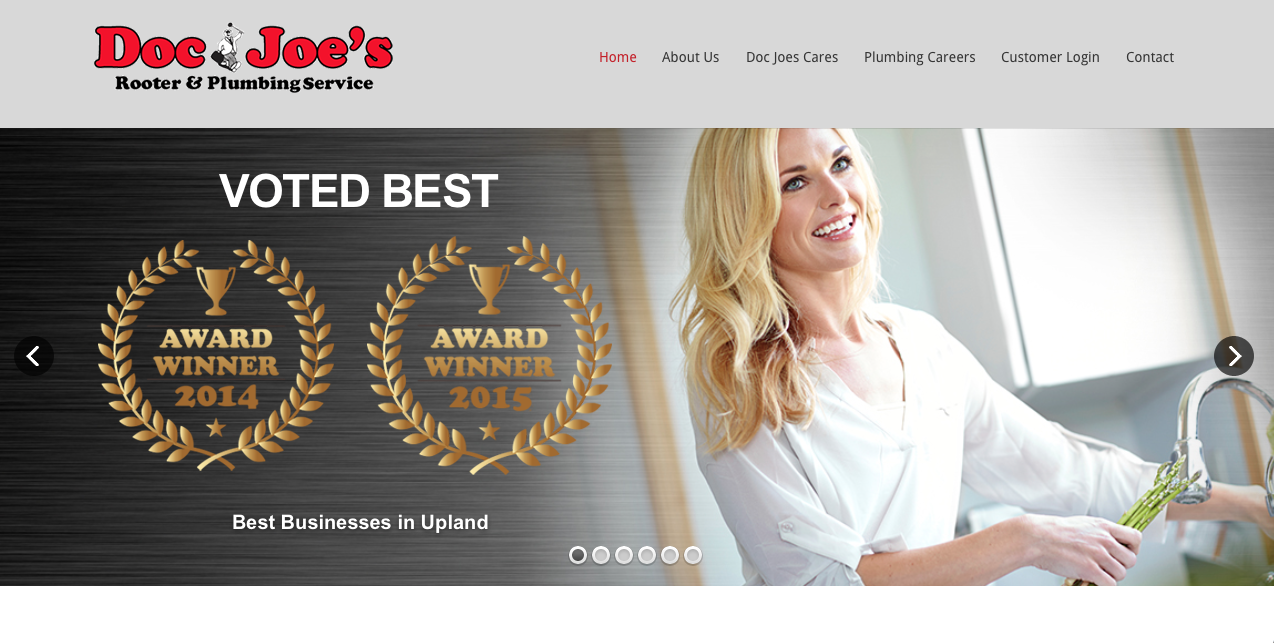



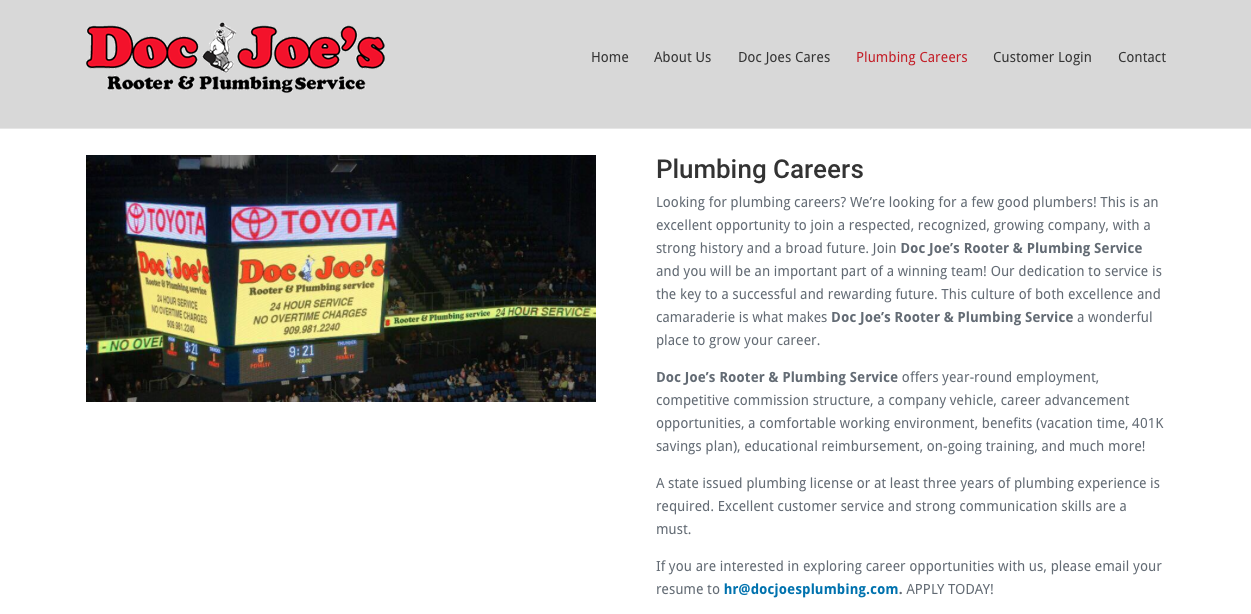
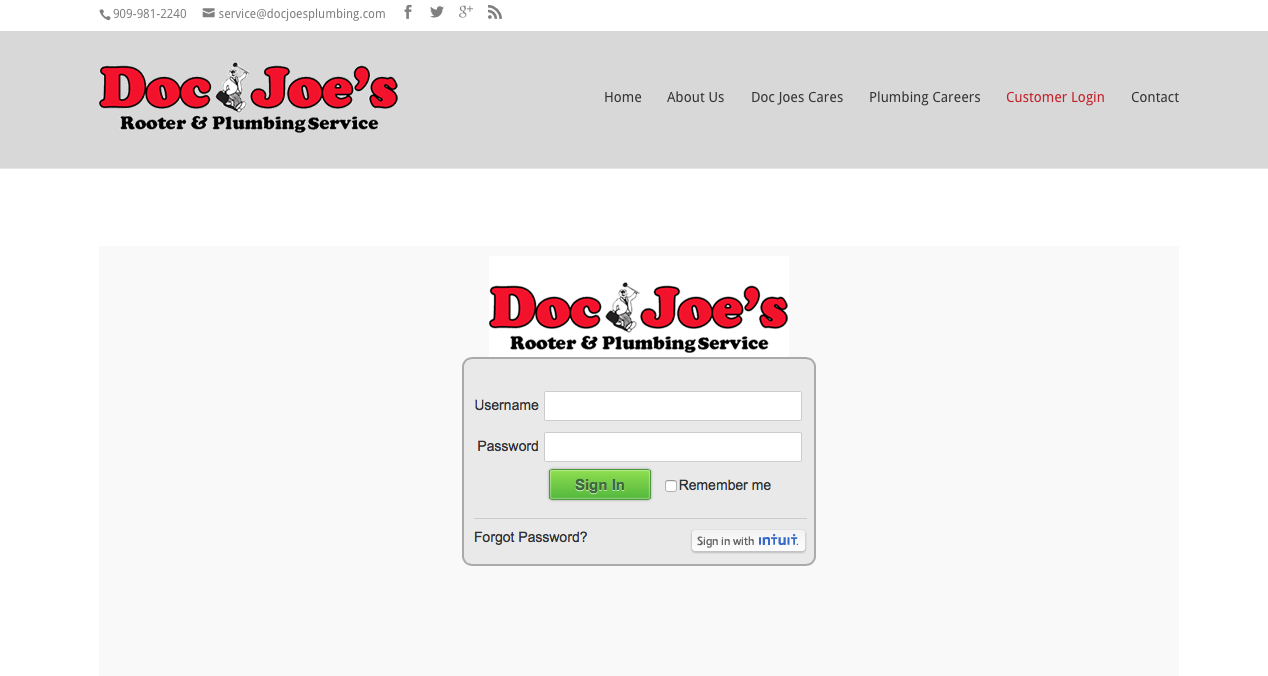
4. Plug in, connect and sell!
Guide visitors through the site and encourage conversion by displaying headlines and calls to action with clear hierarchy.Customers take the path of least resistance, so emphasize what you want them to do and make it easy for them to do it.
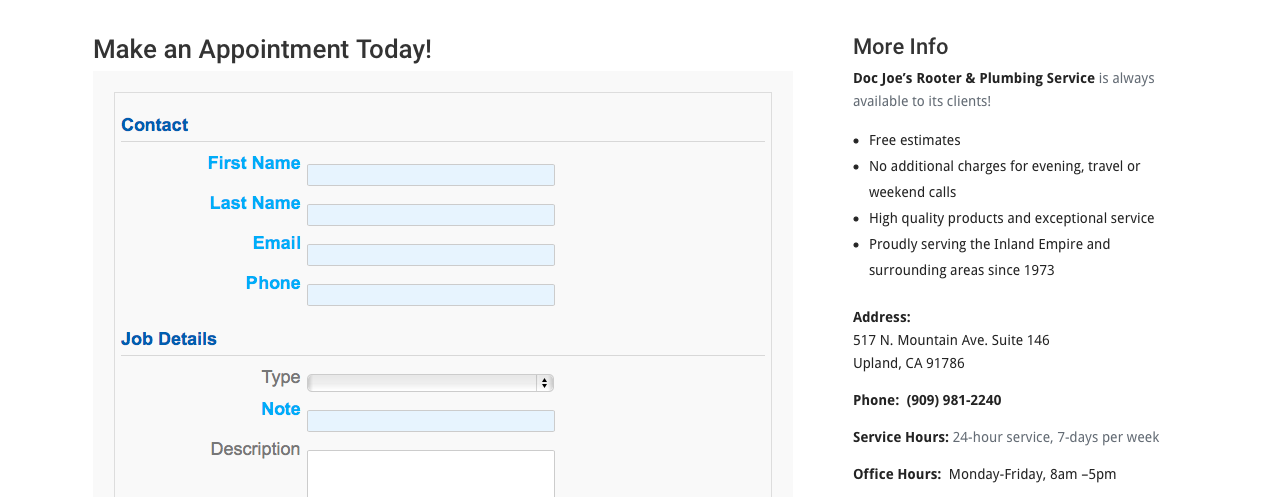
“Pick your lowest font size and go from there. If your smallest is 12px, which is the body copy, then use 24px for the header and 48px or 72px for the title.”
– Appy Vohra, UI Designer, mHelpDesk
“Pick your lowest font size and go from there. If your smallest is 12px, which is the body copy, then use 24px for the heading and 48px or 72px for the title.” -Appy Vohra, UI Designer, mHelpDesk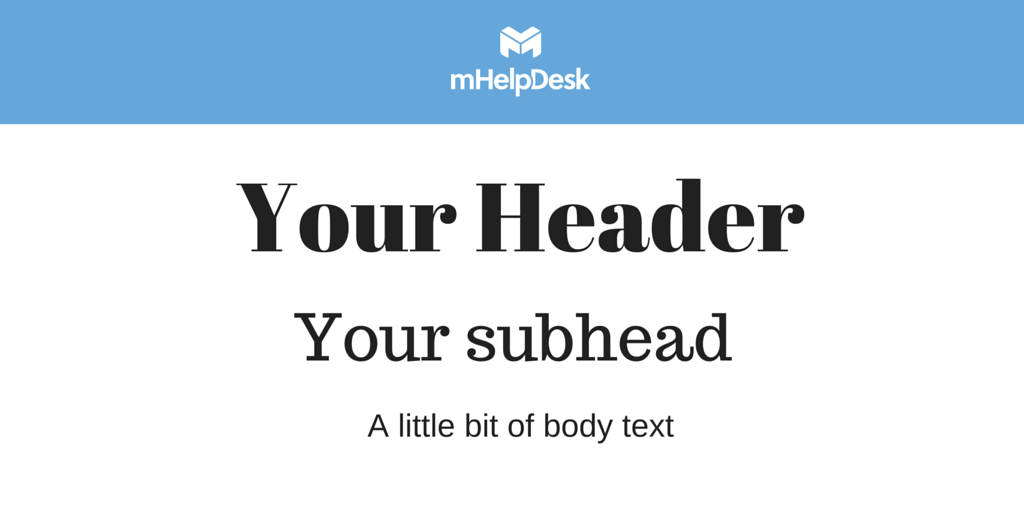
Think about the neighbors.
Too often general customer testimonials are plastered all over company websites. For example: “Pete’s HVAC is great. We love them!” by Steve Jones. Bland testimonials are simply not believable and sound fake. If you’re going to include a testimonial on your site, make sure the quote or video tells the prospective customer why this person recommends you, what solution you provided for them, and how you made their life easier.
Insider tip:




